 |
| Deputy Prime Minister Pham Van Dong led the delegation of the Democratic Republic of Vietnam to Switzerland to attend the Geneva Conference on Indochina in 1954. (Photo: Archive) |
The intention to convene the Geneva Conference on Indochina in Switzerland in 1954 arose from the agreement of the countries participating in the "Quad Power" Conference: Britain, France, the United States, and the Soviet Union, which took place from January 25, 1954 to February 18, 1954 in Berlin (Germany).
On February 18, 1954, due to disagreements in resolving the issues of Germany and Austria, the Foreign Ministers of these four countries changed direction and decided to hold a Conference in Geneva at the end of April 1954 to resolve two issues: discussing the resolution of the war in Korea and Indochina. On May 7, 1954, the Dien Bien Phu Victory changed the situation, creating a favorable position for Vietnam to fight to resolve the issues of Vietnam, Laos and Cambodia at the negotiating table at the Geneva Conference.
Negotiation process
Participating in the Geneva Conference on Indochina were representatives of the Soviet Union, the United States, Great Britain, France, China, the Democratic Republic of Vietnam, the Kingdom of Laos, the Kingdom of Cambodia, and the State of Vietnam. The negotiating delegation of the Government of the Democratic Republic of Vietnam (DRV) attending the Conference was headed by Deputy Prime Minister Pham Van Dong. Also participating in the delegation were Deputy Minister of National Defense Ta Quang Buu, Minister of Industry and Trade Phan Anh, Deputy Minister of Justice Tran Cong Tuong, Director of the Department of Operations, Ministry of National Defense, Colonel Ha Van Lau, and other experts.
The conference lasted 75 days and nights and went through three phases. Phase one, from May 8, 1954 to June 19, 1954, was also the longest and most intense period of negotiations. The two co-chairs took turns being Soviet Foreign Minister V. Molotov and British Foreign Secretary A. Eden. For more than a month, the negotiations were slow and encountered many difficulties due to conflicting positions between the parties.
The French and American sides advocated only solving military issues, not mentioning political issues. On the contrary, the delegation of the Democratic Republic of Vietnam led by Deputy Prime Minister Pham Van Dong resolutely demanded a comprehensive political solution for all three countries of Vietnam, Laos and Cambodia on the principle of respecting independence, sovereignty, unity and territorial integrity, expressed in eight points: (i) France must recognize the independence, sovereignty and territorial integrity of Vietnam, Laos and Cambodia; (ii) France must withdraw its invading army from Vietnam - Cambodia - Laos; (iii) organize general elections in the three countries; (iv) Vietnam considers joining the French Union; (v) Vietnam takes care of French economic and cultural interests; (vi) not prosecute those who work for the other side; (vii) exchange prisoners of war; (viii) Simultaneous and comprehensive ceasefire in Indochina, adjustment of troop locations, prohibition of additional military personnel and weapons entering Indochina, and joint control of both sides.
In the second phase from June 20, 1954 to July 10, 1954, the Heads of Delegations temporarily left Geneva to return to their countries to report to their governments or visit other countries. The negotiation process continued through meetings between the Deputy Heads of Delegations and the activities of the Vietnam - France Military Subcommittee. During these three weeks, based on an analysis of the current situation on the Indochina battlefield, the two sides focused on discussing key issues such as regrouping, transferring troops, releasing prisoners of war and moving between the two parts of the country. However, the parties had not yet resolved the central issue of the negotiation, which was the demarcation of the parallel temporarily dividing the territory of Vietnam.
Phase three from July 10, 1954 to July 21, 1954, after many bilateral and multilateral meetings between the Heads of Delegations, the Conference reached an agreement on the key issues, taking the 17th parallel as a temporary boundary, waiting for the general election to unify the country within two years. After a difficult negotiation process with 31 sessions, on July 21, 1954, the Geneva Agreement on the Indochina issue was officially signed. The documents of the Conference included: three Agreements to cease hostilities in Vietnam, Laos and Cambodia; the Final Declaration of the Conference was signed, ending the war and restoring peace in Indochina.
Besides the Geneva Conference, from July 4-27, 1954, in Trung Gia, Da Phuc district, Vinh Phuc province (now Soc Son district, Hanoi), a military conference took place between the Vietnamese delegation led by Major General, Chief of the General Staff Van Tien Dung as Head of the delegation and members including Colonel Song Hao, Colonel Le Quang Dao, Lieutenant Colonel Nguyen Van Long, Lieutenant Colonel Le Minh Nghia, Major Luu Van Loi as interpreters. The French delegation was led by Colonel Paul Lennyuex with seven members. The Trung Gia military conference discussed the implementation of military issues agreed upon at the Geneva Conference and policies towards prisoners of war and prepared the necessary conditions to implement the ceasefire on the date and time as stipulated in the Geneva Agreement.
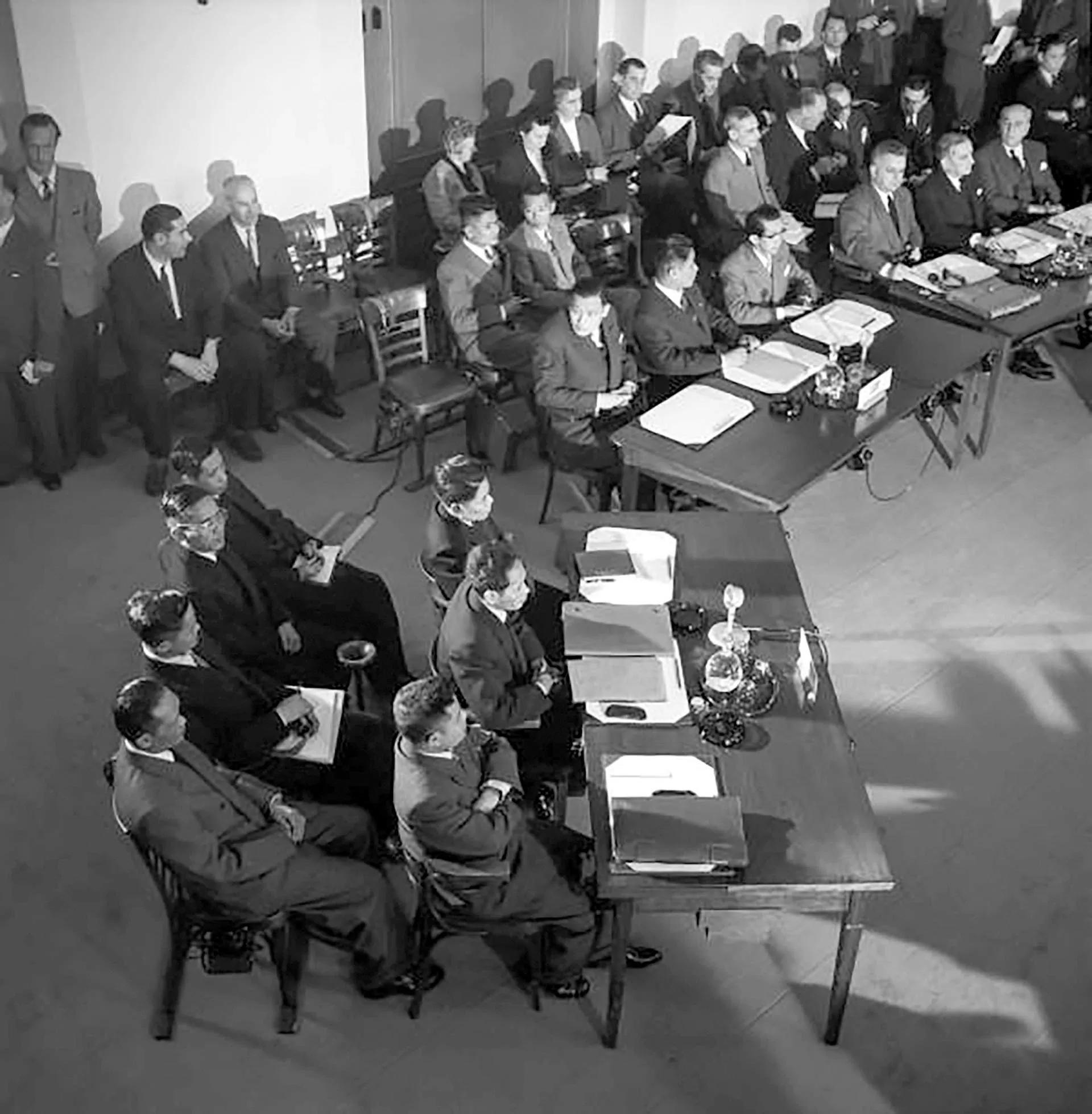 |
| Democratic Republic of Vietnam delegation at the Geneva Conference. (Photo: Archive) |
Main contents
The Geneva Agreement on the cessation of hostilities in Vietnam was one of the documents signed at the Conference. The content of the Geneva Agreement on the cessation of hostilities in Vietnam included several main points: (i) the countries participating in the conference respected the basic national rights of independence, sovereignty, unity and territorial integrity of Vietnam; (ii) a simultaneous ceasefire throughout Indochina: in the North on July 27, 1954, in the Central region on August 1, 1954 and in the South on August 11, 1954; (iii) the Ben Hai River, the 17th parallel was established as a temporary military demarcation line; a demilitarized zone was established; the Vietnam People's Army in the North and the French Union Army in the South; (iv) the time for the governments and armies of all sides to complete the troop regrouping and transfer, and for people to freely travel between the two regions was 300 days; (v) Two years later, in July 1956, free general elections will be held throughout the country to unify Vietnam and (vi) an International Commission will be established to supervise and control the implementation of the Agreement, including representatives of India, Poland and Canada, with India as Chairman.
With the Geneva Conference, for the first time in the history of modern international relations, there was an agreement with the participation of major countries recognizing the basic national rights of independence, unity, territorial integrity and national self-determination of colonial countries. This first multilateral international treaty created the legal basis and foundation for the people of Vietnam, Laos and Cambodia to gain important initial victories and continue to fight for final victory. Speaking about the event, President Ho Chi Minh said: "The Geneva Conference has ended, our diplomacy has won a great victory".
 |
| The historic ceasefire agreement signed at the Geneva Conference was signed by Vietnamese Deputy Minister of Defense Ta Quang Buu and General Henri Delteil, representing France. (Photo: Archive) |
Fight to enforce
After the Geneva Agreement was signed, the Government of the Democratic Republic of Vietnam made every effort in many different aspects, applying a variety of peaceful struggle measures to force the enemy to strictly implement the provisions of the Geneva Agreement, on the basis of consultation between the North and the South, and organize free general elections to unify the country. Immediately after the Agreement was signed, President Ho Chi Minh pointed out: "Regional adjustment is a temporary matter, a transitional step to implement a ceasefire, restore peace and move towards national unification through general elections".
On the military front, the Government of the Democratic Republic of Vietnam strictly implemented the provisions of the Agreement. The armed forces of Vietnam withdrew from the South to regroup in the North, and at the same time received the cadres and soldiers transferred from the South between May 17, 1954 and May 18, 1955, under the supervision of the International Commission. Diplomatic activities were persistent and widespread both at home and abroad, making the world see Vietnam's serious implementation of the Agreement and the blatant violations by the opponent.
Although the Agreement was signed, the path to peace and unification of Vietnam was not easy. The Ngo Dinh Diem government, with the support and intervention of the US imperialists, deliberately violated the Agreement. They were determined to carry out their plot to permanently divide Vietnam into two separate countries and suppress the patriotic movement of the people in the South. In 1959, realizing that peaceful measures were no longer feasible, the Government of the Democratic Republic of Vietnam turned to armed revolutionary struggle to "fight to drive out the Americans and overthrow the puppet regime" to liberate the South and unify the country.
Along with the 1946 Preliminary Agreement and the 1973 Paris Agreement, the 1954 Geneva Agreement is a brilliant milestone in the history of Vietnam's revolutionary diplomacy, demonstrating the pioneering role of foreign affairs, diplomacy and peaceful measures in resolving disputes and conflicts in international relations. The Agreement is a handbook containing many profound lessons demonstrating the mettle and identity of the Vietnamese foreign affairs and diplomacy school in the Ho Chi Minh era, especially the lessons of independence, autonomy; resolutely and persistently protecting national and ethnic interests; promoting; combining national strength with the strength of the times, creating a strategic initiative in the cause of protecting the Fatherland early and from afar.
Source: https://baoquocte.vn/hiep-dinh-geneva-duong-den-ban-dam-phan-279297.html









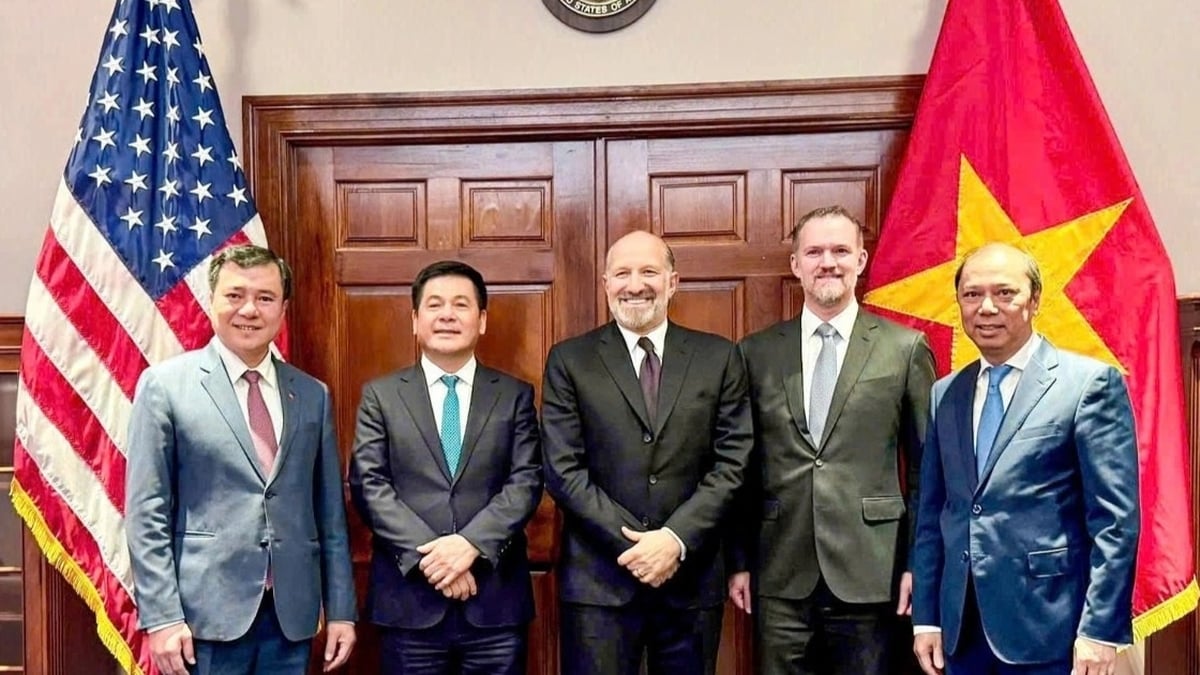



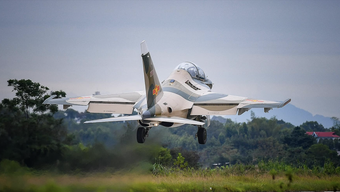
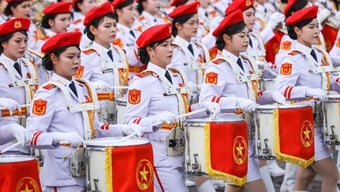







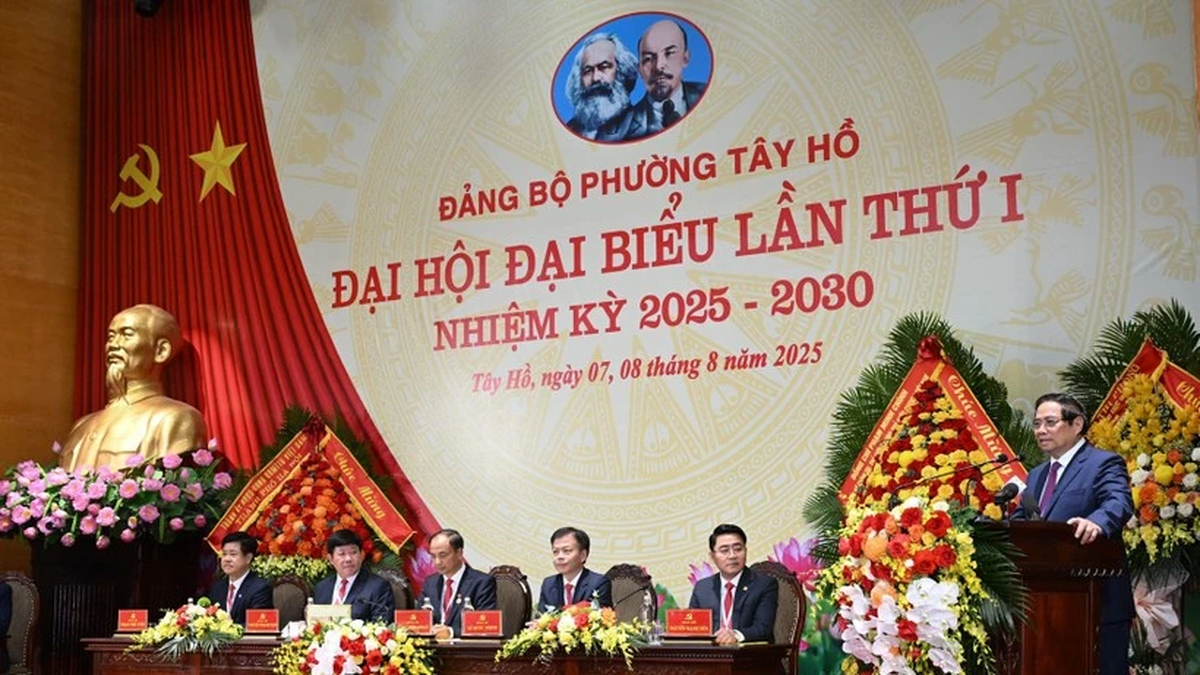


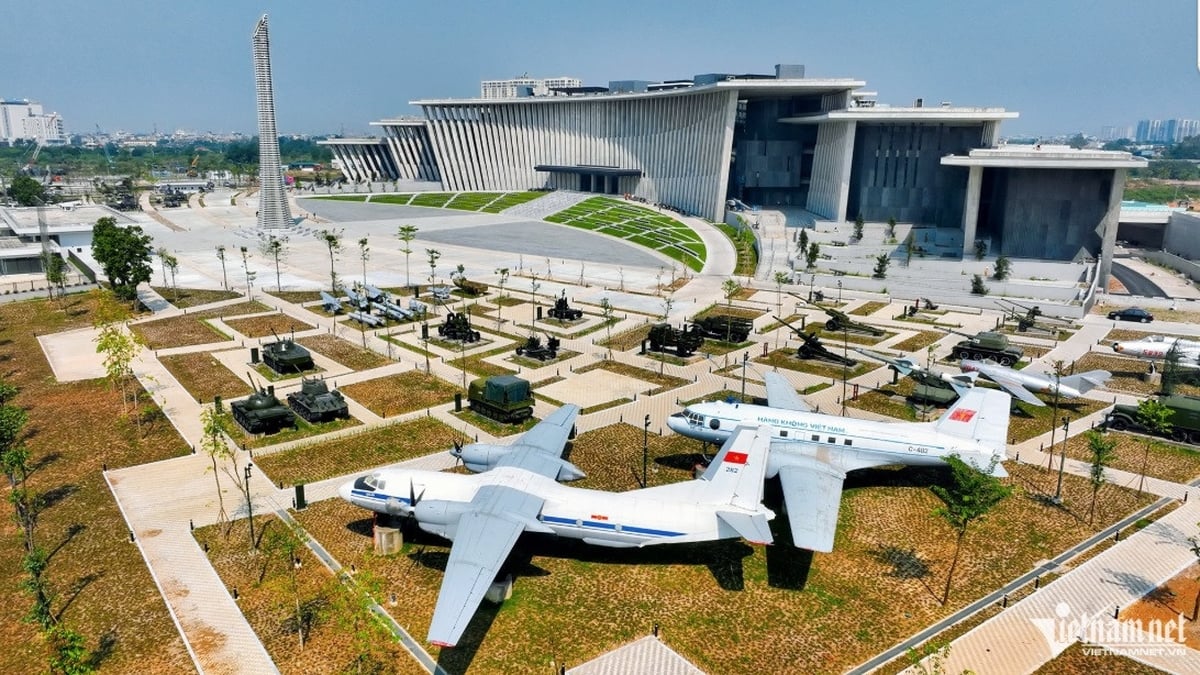
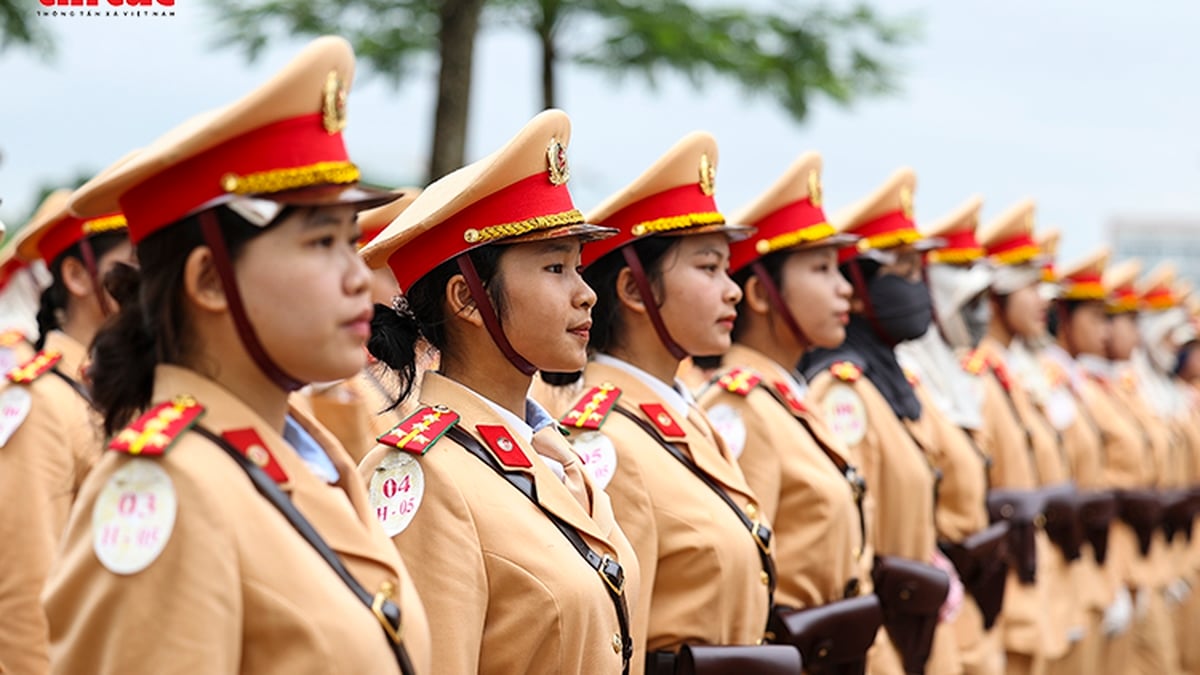
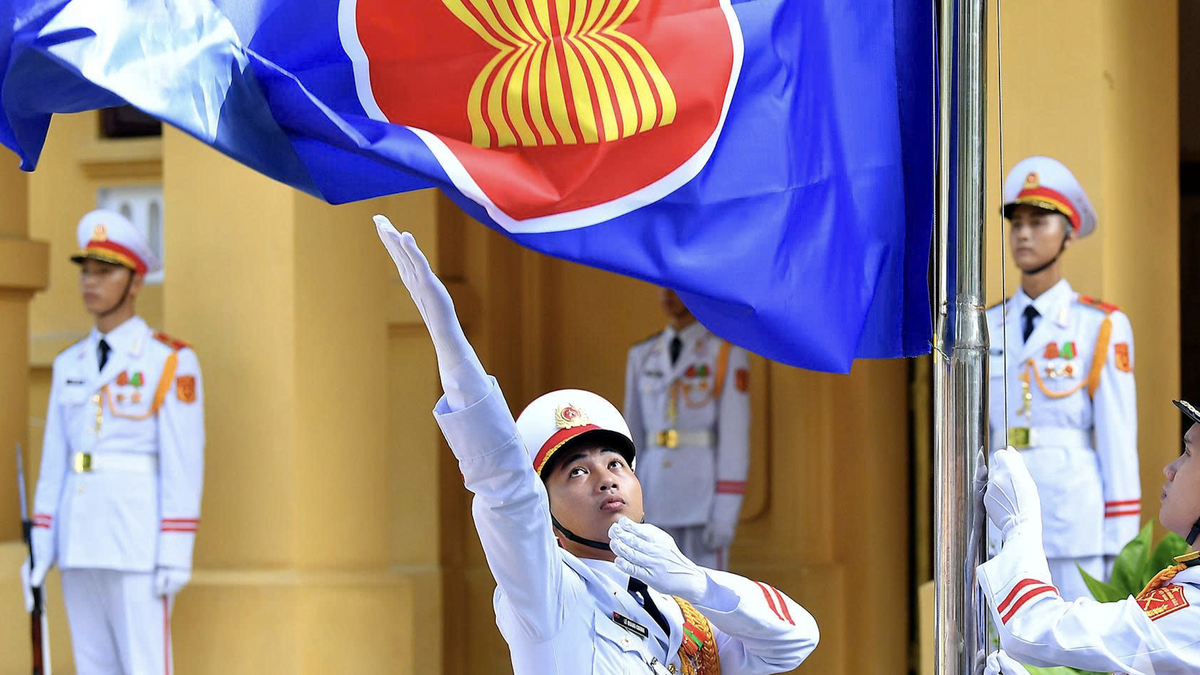
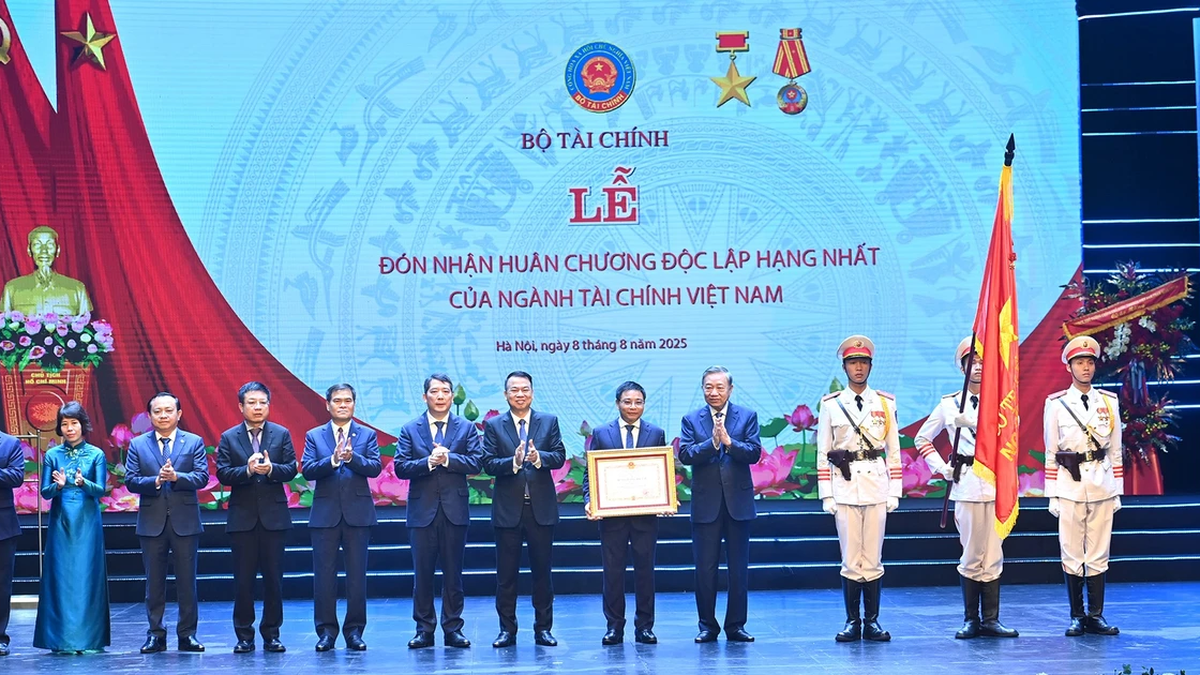
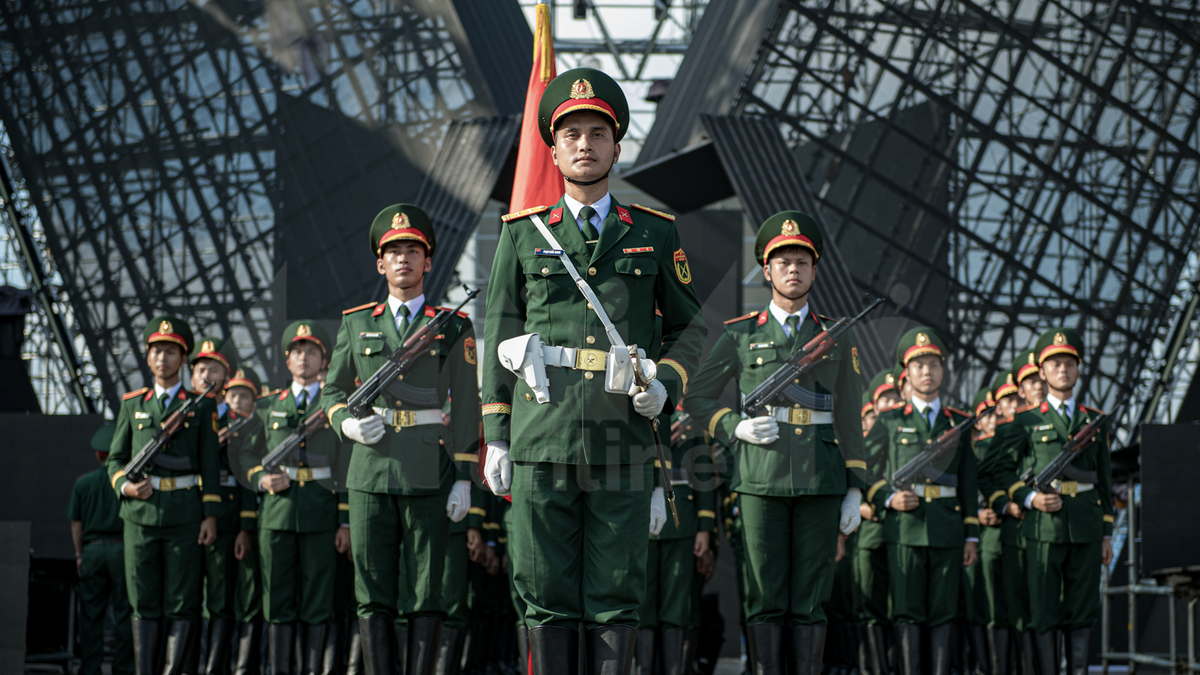

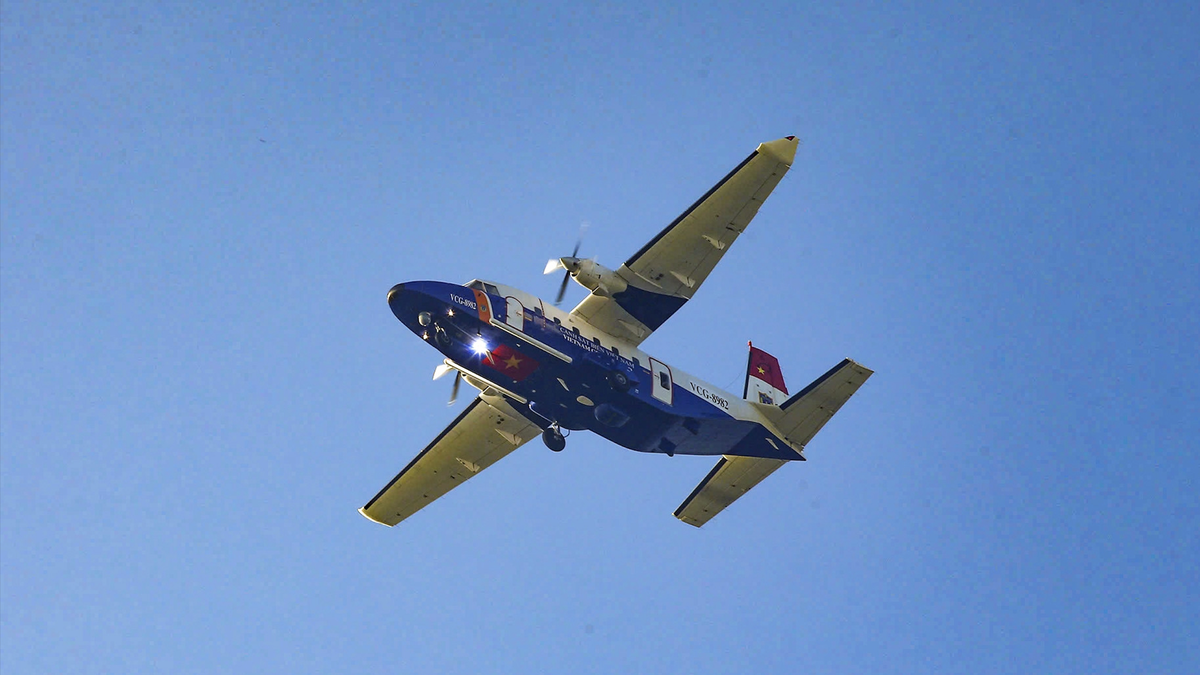


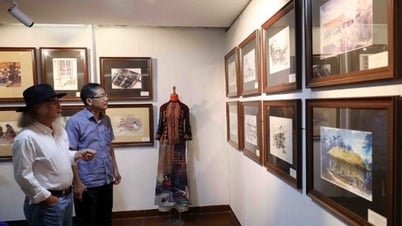

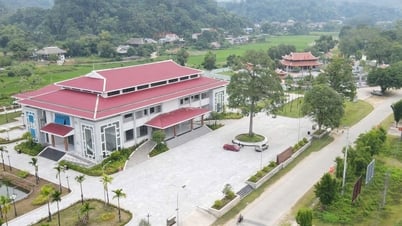

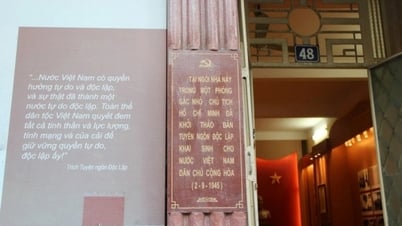
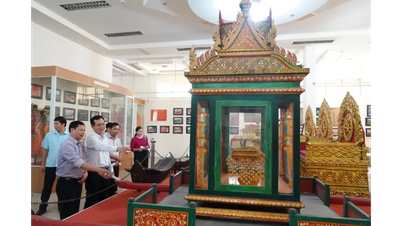



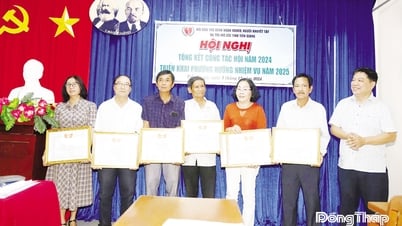













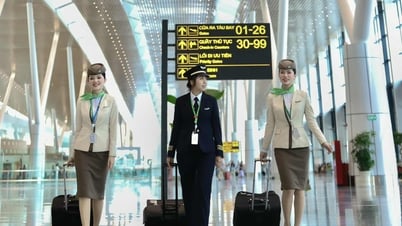


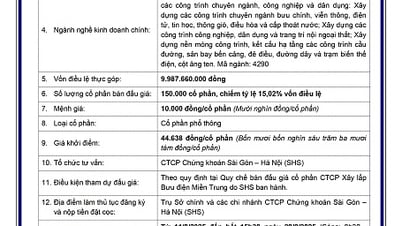
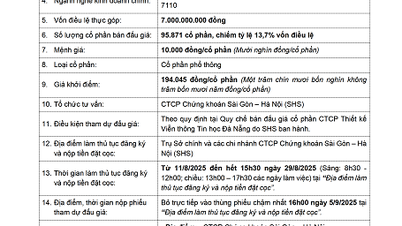

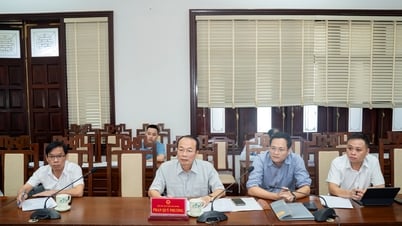
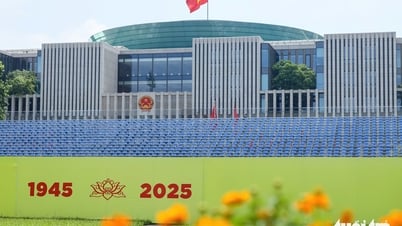




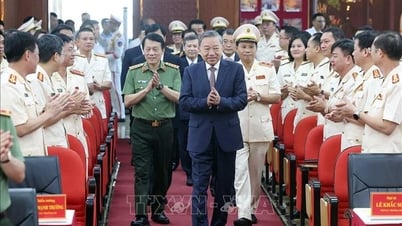


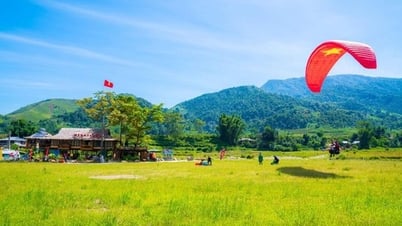
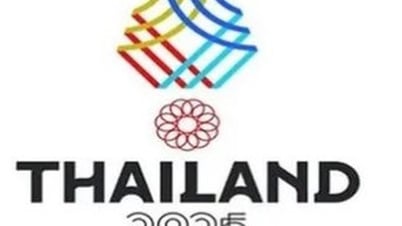
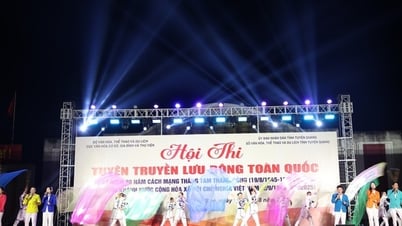
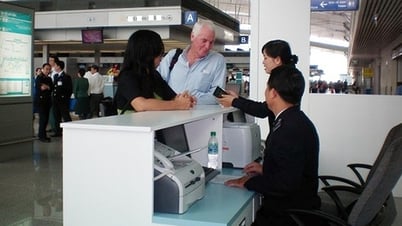

























Comment (0)